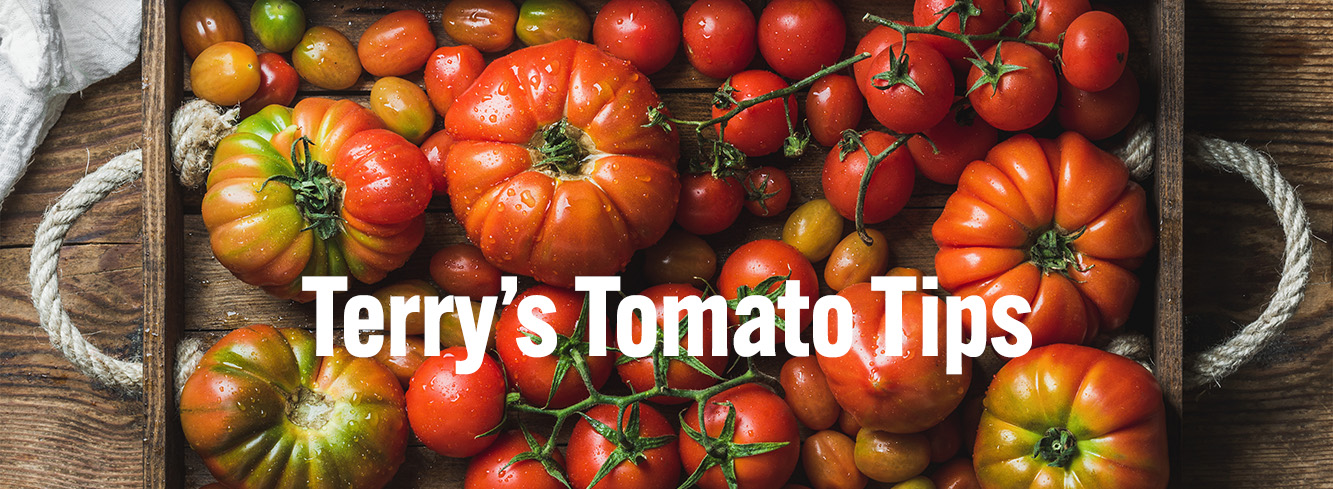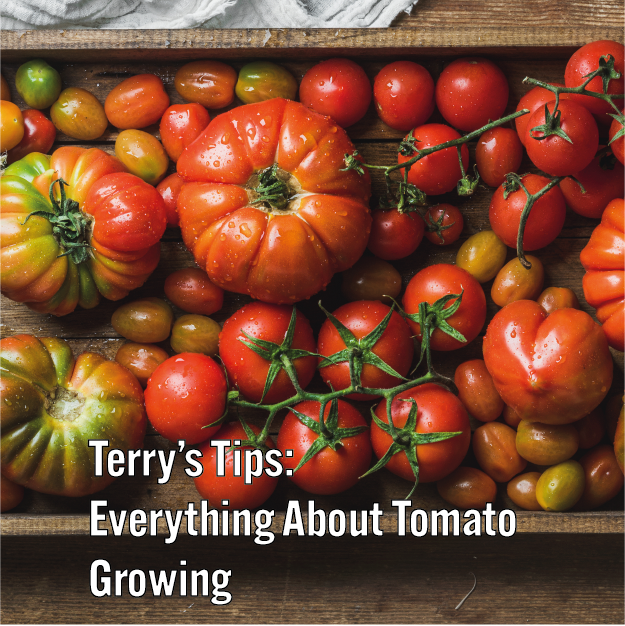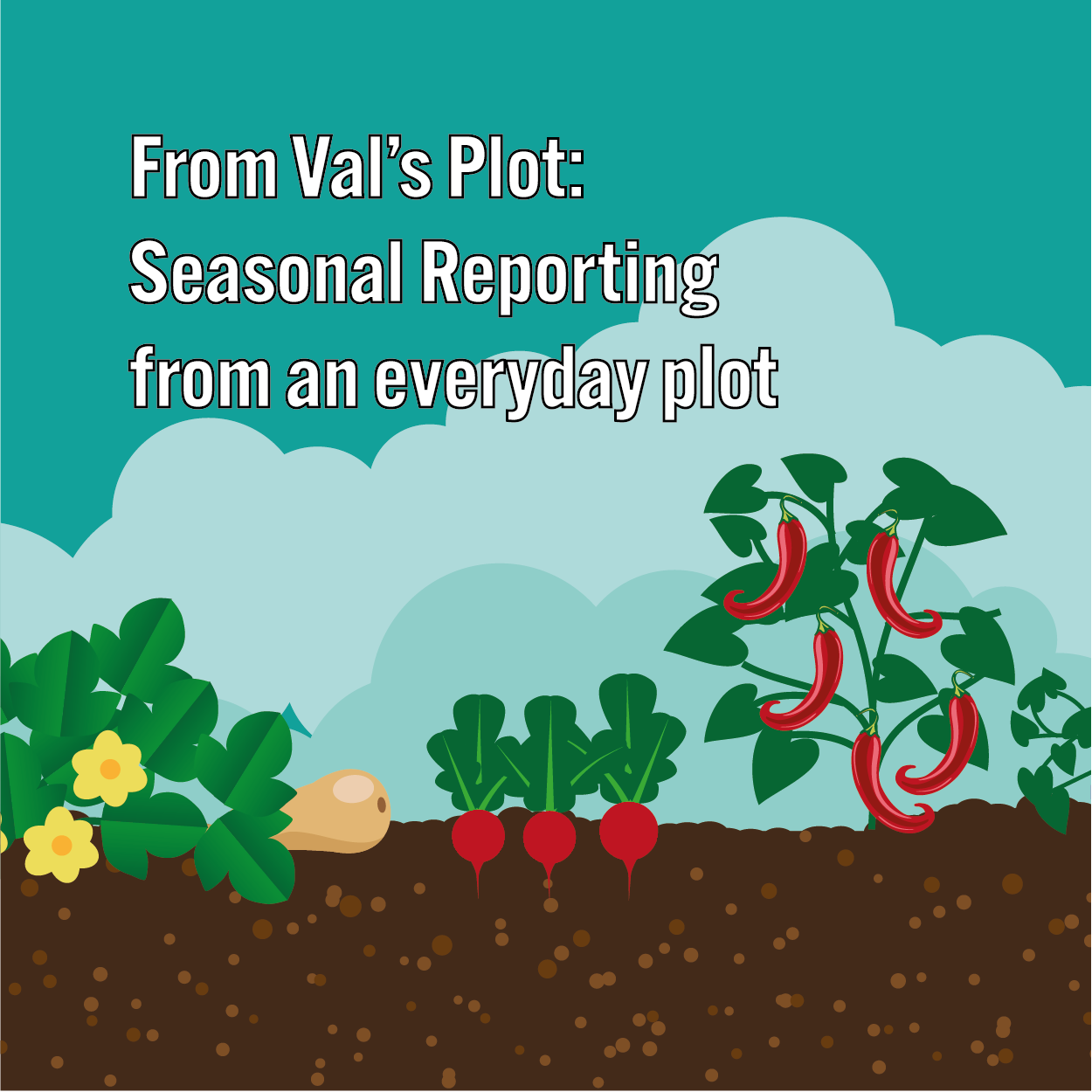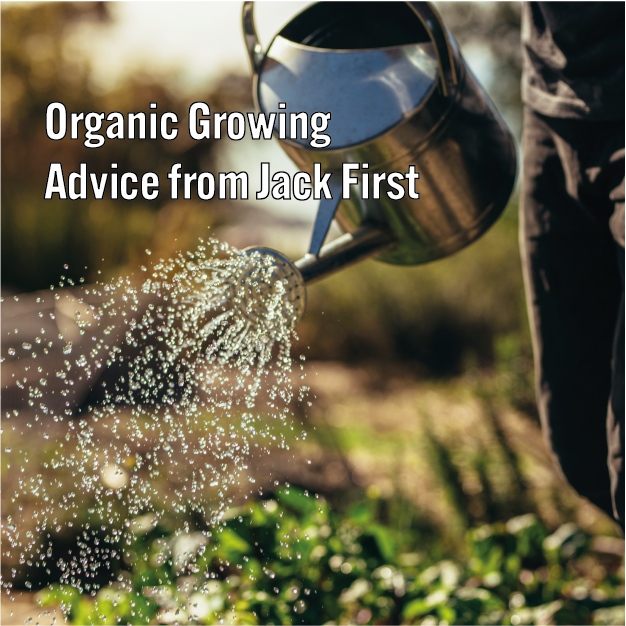Terry's Tomato Tips: Sunny Window Sills
- Published: 07 April 2022 07 April 2022
For many years we gardeners have heated our greenhouses in whatever way suited our structures and our pockets. We gained weeks or even months of growing time by adding gentle warmth by using electricity, gas or paraffin as fuel. The steep rise and probable future increases in the cost of all fuels mean we now have to rethink our way and timing of protected cultivation. An obvious choice is to make more use of a sunny windowsill. Many of us have been doing this for years, with variable results. Now we need to refine and improve our methods to make the best of what we have.
ORIENTATION We are consideing early to late spring, say 10th February onwards. Which windowsill in the house is going to get the most sunshine hours during a sunny day? Can the window be opened if ventilation is needed without creating a strong cooling draught.
TEMPERATURE What is the usual ambient temperature of the room, is the background heating constant? Or is it, or will it have to become part time? Whereas many seeds will germinate and grow at lower temperatures Tomatoes prefer a temperature in the mid 60sF to germinate and will not root when the thermometer registers less than 59F.
LIGHT. Light intensity is measured in Lux, or footcandles. Tomato seedlings will photosynthesise over a range of light intensities but not below 200 foot candles of light falling on the plant. Full daylight is around 1,000 foot candles, but without direct sunlight the light levels of any individual windowsill are widely variable. This is where light reflected on to the back of the plant can make all the difference in the timing of the start of photosynthesis and how long it continues for that day.
Ideally a mirror is the best reflector, but in practice a white backed shelf works well. Even better is a recycled drip white polystyrene fish box from your friendly Fishmonger. With one side cut out and the box stood upright on the other side, this not only reflects the sunshine but provides insulating warmth as well as creating a little micro climate.
As we all know, spring sunshine is all too capricious, here today AM gone today PM with most of our daylight coming from the diffused light coming from the whole sky. We can make the most of the available light by keeping the glass clean inside and out. Timing is personal as it all depends on our particular greenhouses. As a guide when the windowsills are crowded, usually sometime in April when the risk of severe night frost is receding it is safe to move the plants to the greenhouse. If frosts are forecast plants covered with fleece, old net curtains, or several sheets of newspaper overnight are usually well protected.
Terry Marshall





 One of the joys of tomato growing is the wide range of varieties that are now available. Each new gardening year brings the latest varieties – several with improved disease bred into their genetic make-up. Thanks to Garden Organic and their Heritage Seed Library, old varieties of tomato are available for members to grow as well as maintaining their genetic gene pool. There are some lovely flavours to be found among the heritage varieties.
One of the joys of tomato growing is the wide range of varieties that are now available. Each new gardening year brings the latest varieties – several with improved disease bred into their genetic make-up. Thanks to Garden Organic and their Heritage Seed Library, old varieties of tomato are available for members to grow as well as maintaining their genetic gene pool. There are some lovely flavours to be found among the heritage varieties.

